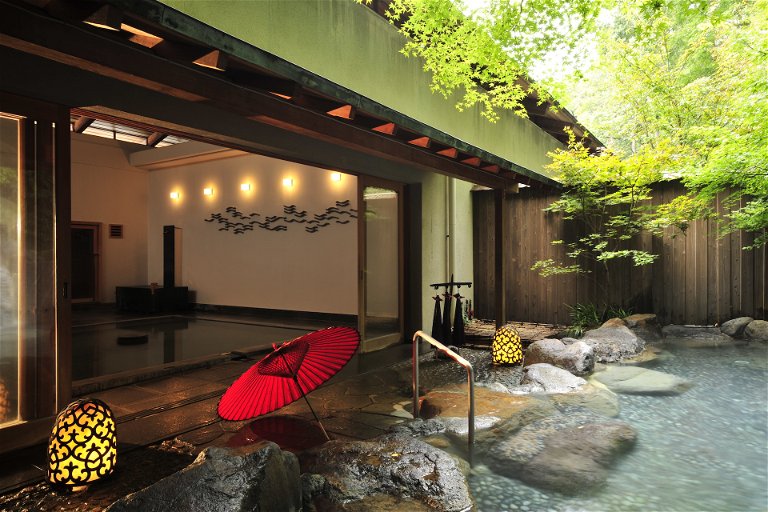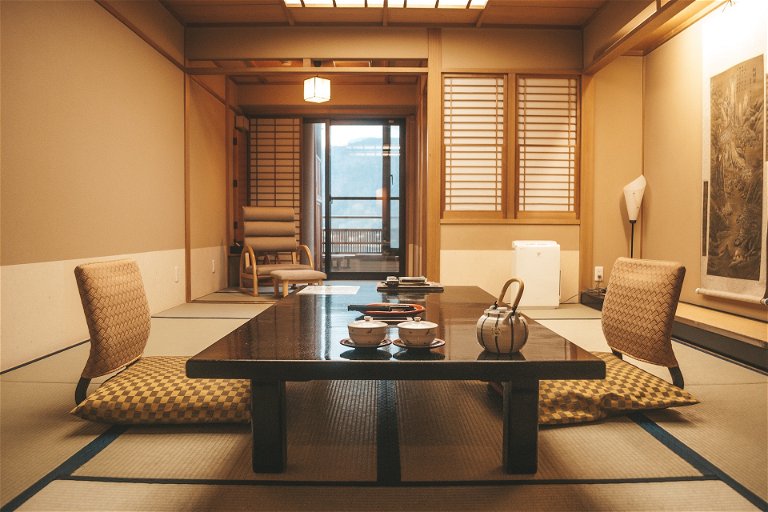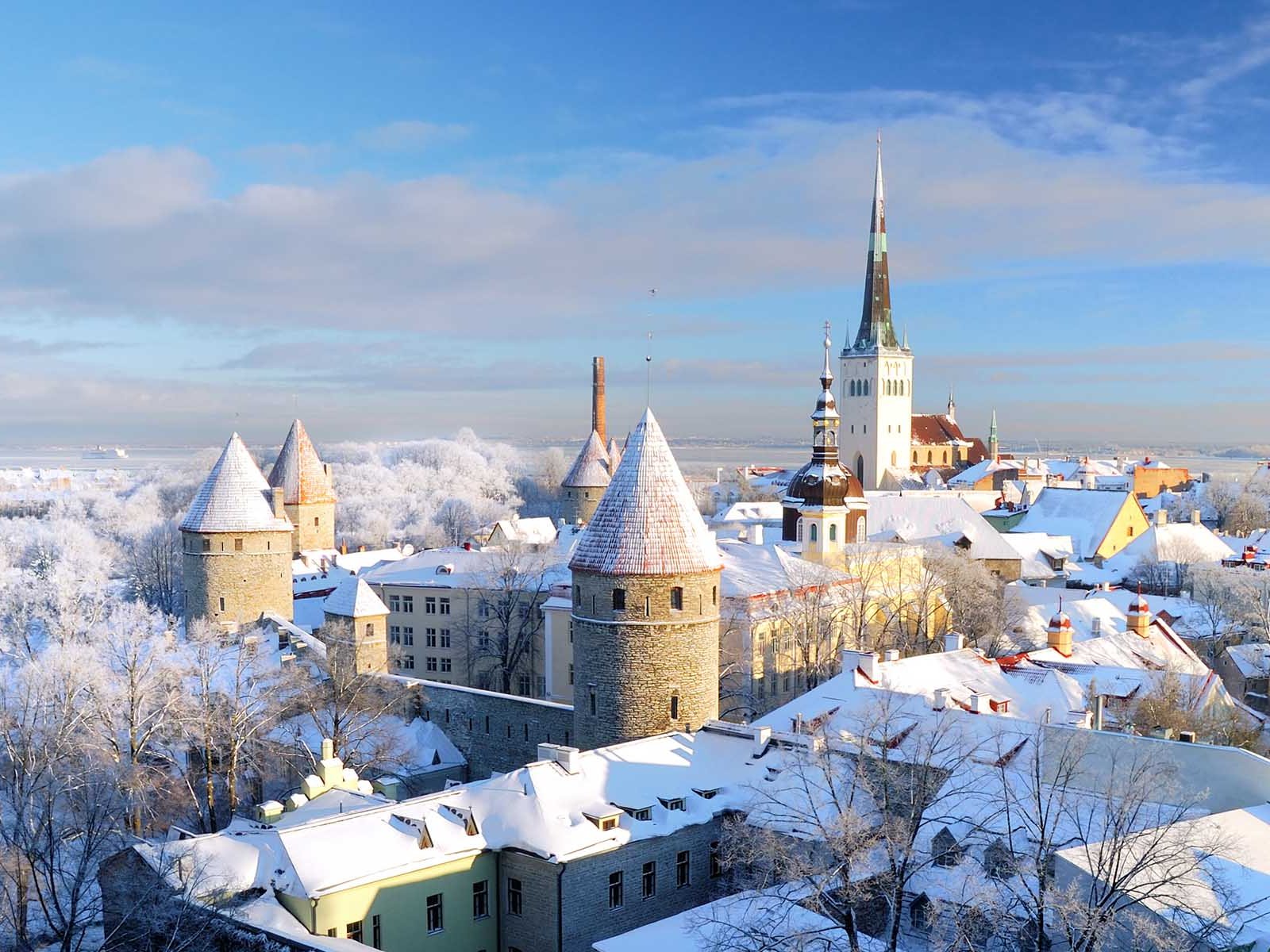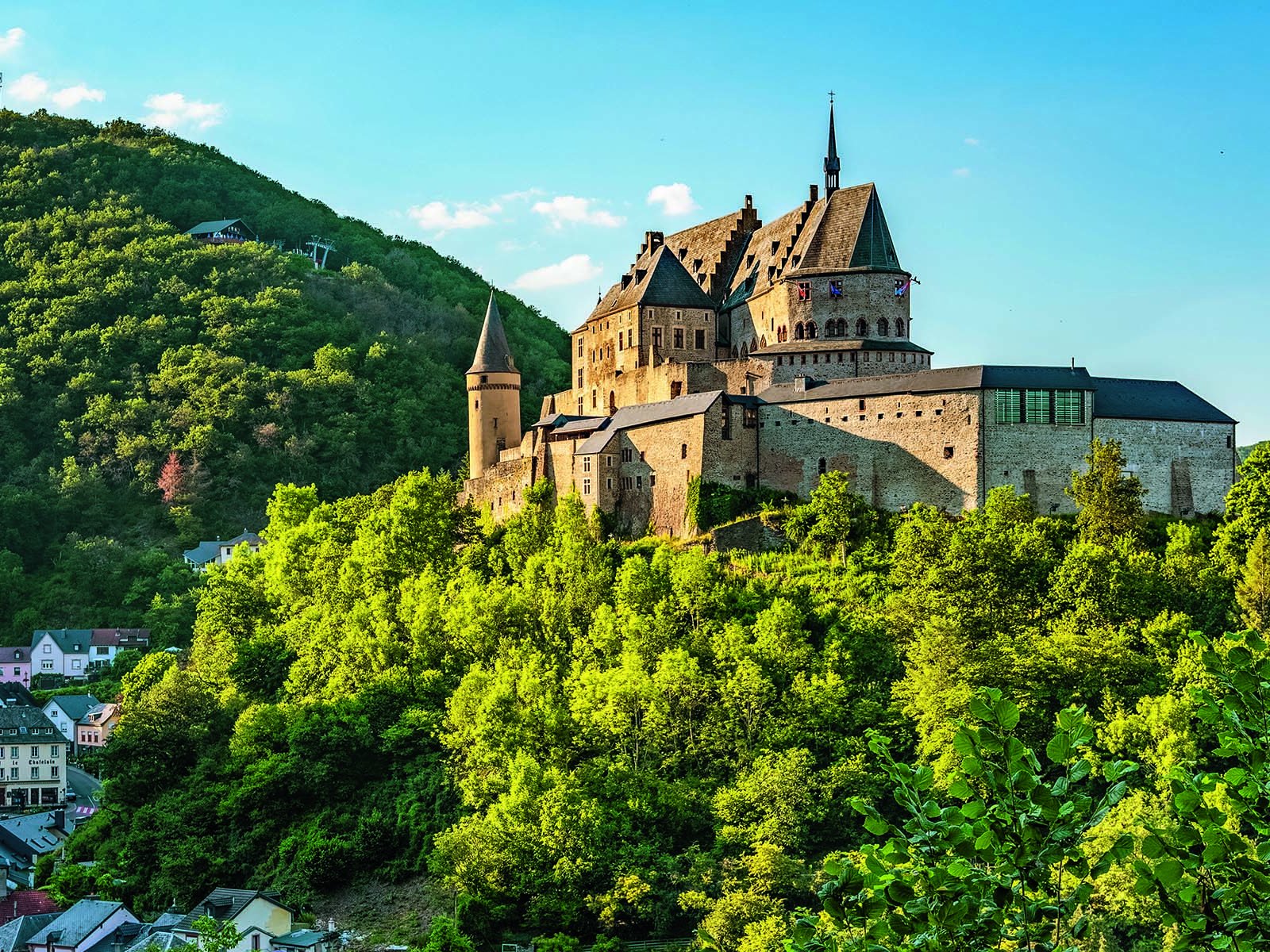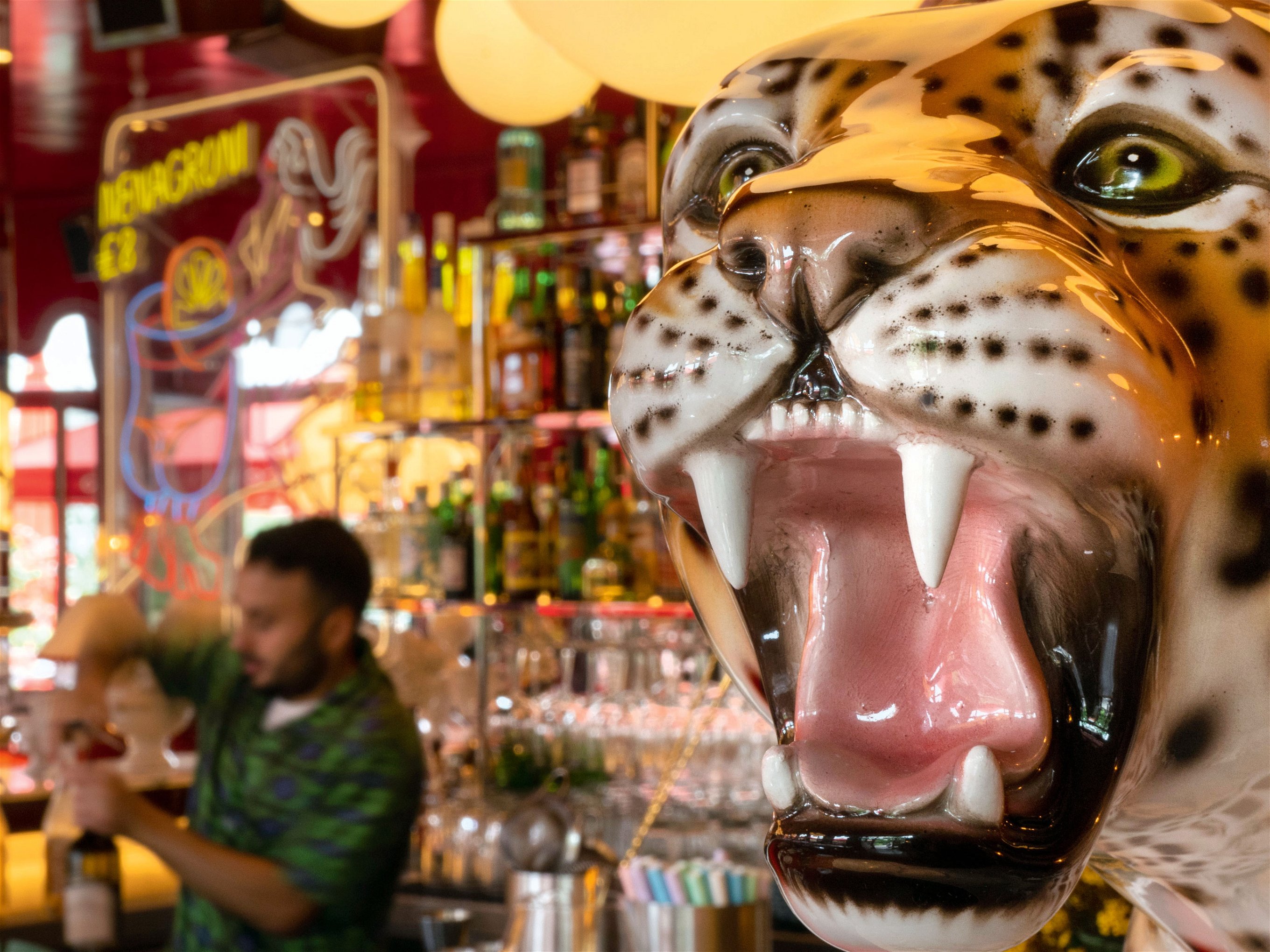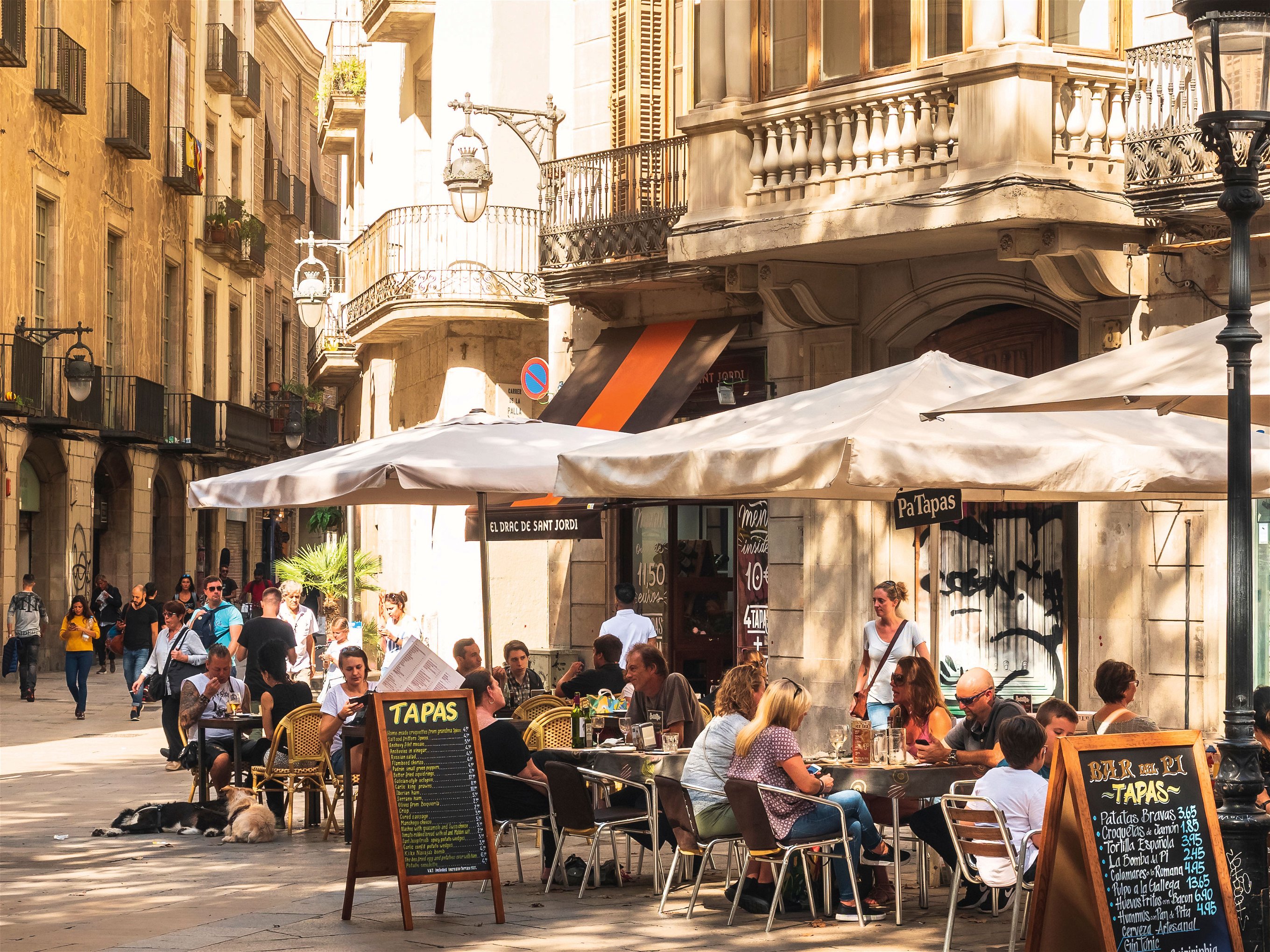Restful Retreats at Japan's Ryokan Inns
Ryokan, or traditional Japanese inns, offer a unique take on escape that revolves entirely around contemplation, nature and a deep sense of seasonality.
Much has been made of the various layers of Japanese culture: a brief stay in a Japanese traditional inn or ryokan will provide a multi faceted immersion into a beauty and hospitality seldom experienced in the West. Contact with this culture will transform you and leave you longing to revisit.
There is a cliché in travel writing that journeys embody elements of the destination, but in Japan this surely is so. A ryokan will provide you with a journey into yourself. You will emerge from the experience refreshed and ready to face new challenges, or perhaps simply ready to face the challenges of ordering lunch.
Historic Inns
In 1832, Utagawa Hiroshige made his journey from Nihombashi in Edo (Tokyo as it is known today) along the Tokaido Road which runs along the Eastern coast of Honshu, to the then capital of Japan, Kyoto. His journey, in sweltering heat, torrential rain and at times thick fog, produced one of history’s great travel narratives, The 53 Stations of the Tokaido, a series of woodblock images, detailing the landscapes, characters and rigours of the journey. Taken as a whole, the series of images ranks with Homer’s Odyssey in epic illustrative power.
The inns and rest houses of the Edo period (1603-1867) along the Tokaido Road, and the other four great arterial highways of the time, provided food, rest and shelter to the merchants, other higher class travellers and their retainers, on what was a very arduous and at times hazardous journey.
Although today’s ryokan inns can trace their origins as far back as the fuseya inns of the Nara period (710-784), by the Edo period, there were two main classes of travellers’ lodgings in feudal Japan: hatago inns, which provided basic comforts to the lower and merchant classes, and honjin and waka-honjin, luxurious establishments which were licensed to provide services to the daimyo, or lords of the period.
Ryokan Today: Hospitality and Spirituality
As Japan became wealthier, and domestic travel by rail grew in popularity, ryokan evolved into destinations themselves, many associated with the pleasures of hot springs or sightseeing trips to cities such as Kyoto, Kanazawa, the hot sand spas of Beppu in Kyushu and Ibusuki in the Satsuma Peninsula to the South of Kagoshima.
While the surge in foreign tourism has moved many ryokan to modify some of their original aspects, like offering the option to sleep in western-style beds, visitors can expect a uniquely luxurious and culturally immersive experience.
The higher-class inns’ established codes of hospitality and respect for guests which have endured and still pervade today’s ryokan. A visit will include an evening meal, usually in a kaiseki format, and breakfast, again usually, but not exclusively, Japanese. Observant guests will be wise to elements of Zen Buddhism and aesthetics in the sprinkling of water at the entrance way of the ryokan and also in the small piles of salt at locations throughout the building. Bathing is a key element of any overnight stay at a ryokan. At the best establishments this will be a private affair with different hot spring baths - onsen - either allocated on rotation or exclusively for each room.
The Stay
Arriving as agreed, precisely at 3:15 in the afternoon, I leave the sweltering August streets of Kyoto behind as I pass through the wisteria-shrouded entrance. Hidden from the busy world by a cleverly constructed inner courtyard, passing serried ranks of bizen pots overflowing with water, I experience a cooling sensation against the slow, rhythmic beat of the sozu, a traditional Japanese water feature. Many historic ryokan are today run by direct descendants of the original families who established them, and as I am greeted by three deeply bowing members of the Abe clan, the Okami San, or official host, clad in an immaculate peacock green kimono, bids me welcome and tells me she will be responsible for all aspects of my stay. We share a brief cup of chilled barley tea and chat about the weather, while my anticipation builds. Check in was taken care of before arrival and my luggage was already quietly taken from me. I am spirited deeper into my new universe of tranquility as we move quietly through the shaded building. Having taken off my shoes and now wearing bamboo sandals I feel light and unfettered.
Tatami Mats and Onsen Baths
At my room, my official attendant, or Nakai San, stoops to slide open the screen. It is barely audible, but I hear the strain of threads in her kimono. The screen slides back and my senses are flooded with light and the unique scent of tatami mats. Here one journey inward ends, and another begins. The room is a vast 30-tatami mat expanse with a sunken table for dining. At the far end a floor to ceiling window opens onto the naka niwa, or internal garden, with its treasures of trees, stones, and water. Two fat koi carp laze in the green pond – one freckled yellow, the other a brilliant white, its head seemingly dipped in a pot of fluorescent orange paint.
Before withdrawing, my Nakai San tells me dinner will be served in my room when I wish and we decide that, after bathing, my bed will be laid out at 10pm. Smiling, she passes me a wooden key explaining that a bath is reserved for the exclusive use of the occupants of my room. Sliding the screen door soundlessly back, she seals me into my new universe. After a brief shower, I change into my yukata, or light kimono, enjoying another stage of my transformation. I sit contemplating the fish. I could, of course, rush out to sample the delights of Kyoto – revelling in shops, bars, rivers and lanterns, or I could simply sit and enjoy. This is the meaning of luxury for the Japanese – being able to cede control and responsibility for making decisions, aside from those regarding what foods to eat, what time to bathe and what time to sleep. There is a TV somewhere, I am sure, but pushing the button to summon Nakai San for an explanation already seems too much.
Relaxation is upon me. Along the corridor I unlock the door that hides my bath: a lunar landscape of rocks, running hot water and stripped bamboo facing onto another internal garden. I find three different ways of immersing myself head to toe in different degrees of heat. I observe the tradition of washing and rinsing thoroughly before entering the bath and then simply soak. Time passes but there are no clocks. I allow myself to not think about seconds, minutes and hours. Nothing matters.
Kaiseki
Following the return to my room, deeply cleansed, I request a simple glass of ginger ale, a Japanese domestic brand of which is delivered in a crystal glass on a bamboo platter. The kaiseki evening meal, perhaps the highlight of my day, will be served in fifteen minutes – as evening approaches. A light now subtly highlights the inner garden’s new evening drama as if in anticipation. Once more the screen slides and a symphony of the freshest flavours, conducted by kimono’d attendants is about to be performed for me in my most private auditorium.
The seasons in Japanese cuisine are of paramount importance and mid summer is presented in exquisite simplicity. The freshest sashimi of snapper; sea urchin roes arranged within their shells; a chilled, sweet crayfish still twitching from its recent demise; a palate-cleansing water of the umami-rich tomatoes Japanese farmers alone can produce. Throughout the meal there are hints and notes of the great variety of native, ancient citrus fruits still found in Japan. Somen, summer noodles, are served with a gossamer light broth and mountain vegetables; the highlight, a delightfully seared filet of Gunma beef presented on a hot stone grill. Each course is presented on lacquerware and ceramics of exquisite craftsmanship – each a work of art in its own right. The music is brought to an end by a single slice of orange-fleshed melon.
The futon, carefully laid out for me in a more remote area of the room, welcomes me in a warming embrace; there is after all a chill in the air after dark. As I close my eyes and drift off to sleep, moon beams are beginning to glance on the inner garden, motets of a finest dust dance.
